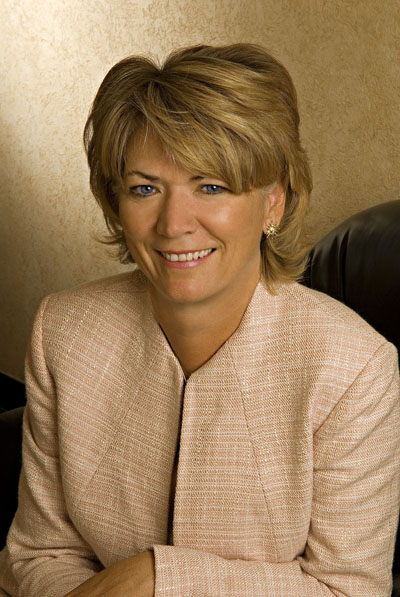
When JoAnne Butler joined the Ontario Power Authority (OPA) as its vice-president of electricity resources back in 2008, she arrived with a wealth of global experience and expertise.
And those trademarks have served her well over the ensuing years.
Ms. Butler’s career has featured multi-year stops in Mexico and the United Arab Emirates, as well as expatriate roles in both Egypt and Tunisia. So she definitely brings an international viewpoint to the table.
“It is very rewarding to work in different cultures and to understand different perspectives,” Butler tells Green Business and Sustainable Strategies magazine. “ But one thing is clear in all areas of the world where I have worked – we have an inescapable dependence on energy to make our modern world possible.”
In the Middle East, she said she honed her technical oil and gas production skills. In Mexico, she was an independent power producer supporting the ongoing business of two combined cycle gas-fired power plants under contract with the Mexican government.
“So my skills extend from seismic to burner tip,” she says. “Now I am on the public sector side of the business and have walked a mile in other people’s shoes on the developer side, and understand their motivations, as well, when they come to me with concerns about their contracts.
“The electricity business is complex in any jurisdiction, so just problem-solving through issues around it, whatever the country, is always helpful experience.”
And make no mistake about it, Butler has made her mark in Ontario, along with her team and the Ontario Power Authority as a whole.
“In 2008, we had more than 11,000 megawatts of new supply under contract,” she notes. “Almost five years later, the OPA has more than 21,000 megawatts of electricity supply under contract and it’s all clean energy – 8,039 MW of renewable wind, solar and bio-energy, 2,367 MW of renewable hydroelectric, 7,679 MW of natural gas, combined heat and power and energy from waste, and 3,000 MW of nuclear capacity under contract.
“Of the 21,000 megawatts under contract, almost 13,000 megawatts are already in commercial operation, and the rest is under construction or in early development stages. As a result of these procurements and the OPA’s conservation efforts, Ontario is no longer in the dire electricity supply situation it faced in the last decade. We have clean, reliable supply in place for the next several years.”
She says that a big reason for the significant amount of wind, solar and bio-energy under contract to the OPA is the creation and launch in 2009 of the “groundbreaking” feed-in tariff (FIT) program for renewable energy, the “first comprehensive one of its kind in North America.”

The FIT program, Butler points out, offers long-term contracts at set prices for solar, wind, hydro and bio-energy projects in the province.
“It’s meeting the goals that were set out to be accomplished – kick-starting renewable energy development, and fostering economic development, job creation and a cleaner supply of electricity for the province,” she says. “To date, we’ve executed more than 1,700 FIT contracts and more than 13,700 microFIT contracts for over 4,700 megawatts of renewable electricity.
“The FIT program is helping to increase the role of renewable energy supply in Ontario. In fact, by 2018, hydroelectric resources will reach 9,000 megawatts, and wind, solar and bio-energy resources will amount to about 10,700 megawatts.”
It’s important, Butler says, for the public to become informed and educated on how the electricity system works.
“Many people flick the switch and have no idea how much money and enterprise it takes to get it there,” she says. “While government policy will play a role in charting the direction, the laws of physics, supply and demand, and cost and value will ultimately rule. It is also important to try to change our behaviours to take conservation of energy seriously.”
Moving forward at OPA, Butler says there are four areas she would like to focus on:
Being recognized as a leader in sustainable business practices is important to her, she says.
“I have 34 years of experience in many facets of the energy business and using that experience to support greener and cleaner aspects of the business links it all together,” she says. “I think we all have a responsibility to take care of the planet for future generations.
“We need to take an active role in managing our energy use to hopefully conserve and lower our electricity consumption. There is room for a wide range of technologies to support our appetite for energy, and finding the appropriate circumstances to economically use them is a high priority.”
